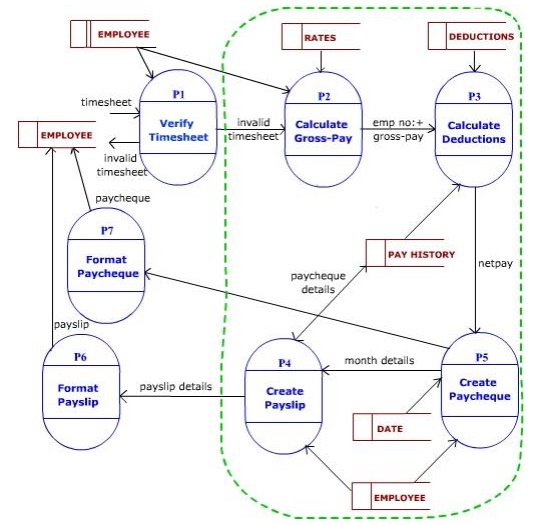An Introduction to Agile Modeling
Agile Modeling (AM) is a
practice-based methodology for effective modeling and documentation of
software-based systems. Simply put, Agile Modeling (AM) is a collection of values, principles,
and practices>
for modeling software that can be applied on a software development project in
an effective and light-weight manner. As you see in Figure 1 AM is meant to be tailored into other,
full-fledged methodologies such as XP or RUP,
enabling you to develop a software process which truly meets your needs. In
fact, this tailoring work has already been done for you in the form of the Disciplined
Agile Delivery (DAD) process framework.
The values of
AM, adopting and extending those of extreme Programming v1, are communication, simplicity, feedback, courage, and humility. The keys to
modeling success are to have effective communication between all project
stakeholders, to strive to develop the simplest solution possible that meets
all of your needs, to obtain feedback regarding your efforts often and early,
to have the courage to make and stick to your decisions, and to have the
humility to admit that you may not know everything, that others have value to
add to your project efforts.
AM is based on a collection of principles, such as the
importance of assuming
simplicity when you
are modeling and embracing change as you are working because
requirements will change over time. You should recognize that incremental change of your system over time enables
agility and that you should strive to obtain rapid feedback on your work to ensure that it
accurately reflects the needs of your project stakeholders. You should model with a
purpose, if you don't know why you are working on something or you
don't know what the audience of the model/document actually requires then you
shouldn't be working on it. Furthermore, you need multiple models in your intellectual toolkit to be
effective. A critical concept is that models are not necessarily documents, a
realization that enables you travel light by discarding most of your models once
they have fulfilled their purpose. Agile modelers believe that content is more
important than representation, that there are many ways you can
model the same concept yet still get it right. To be an effective modeler you
need to recognize that open and honest
communication is often
the best policy to follow to ensure effective teamwork. Finally, a focus on quality work is important because nobody likes to
produce sloppy work and that local adaptation of AM to meet the exact needs of
your environment is important.
|
To model in an agile manner you will apply AM's practices as appropriate. Fundamental
practices include creating several
models in parallel, applying the
right artifact(s) for
the situation, and iterating to
another artifact to
continue moving forward at a steady pace. Modeling in
small increments, and not attempting to create the magical "all-encompassing
model" from your ivory tower, is also fundamental to your success as an
agile modeler. Because models are only abstract representations of software,
abstractions that may not be accurate, you should strive to prove it with
code to show that
your ideas actually work in practice and not just in theory Active
stakeholder participation is
critical to the success of your modeling efforts because your project
stakeholders know what they want and can provide you with the feedback that
you require. The principle of assume simplicity is a supported by the
practices of creating simple
content by focusing
only on the aspects that you need to model and not attempting to creating a
highly detailed model, depicting models
simply via use of
simple notations, and using the
simplest tools to
create your models. You travel light by single sourcing
information, discarding
temporary models and updating models
only when it hurts. Communication is enabled by displaying
models publicly, either on a wall or internal web site, through collective
ownership of your
project artifacts, through applying
modeling standards, and by modeling with
others. Your development efforts are greatly enhanced when you apply patterns
gently. Because you often need to integrate with other systems,
including legacy databases as well as web-based services, you will find that
you need to formalize
contract models with
the owners of those systems. Read this article for a better understanding of how AM's
practices fit together.
|
|
Figure 2. Agile Model Driven Development (AMDD).
I would argue that AM is an agile approach to modeling that at its core AM is
simply a collection of practices that reflect the principles and values shared
by many experienced software developers. With an Agile Model Driven Development (AMDD) (see Figure 2)
approach you typically do just enough high-level
modeling at the
beginning of a project to understand the scope and potential architecture of
the system, and then during development iterations you do modeling as part of
your iteration planning activities and then take a just in time (JIT)
model storming approach
where you model for several minutes as a precursor to several hours of
coding.






No comments:
Post a Comment